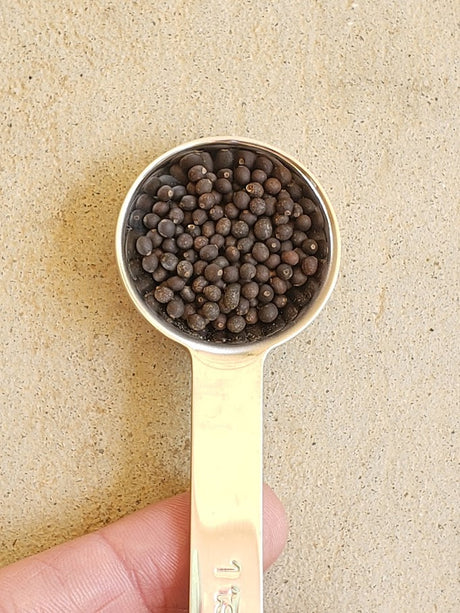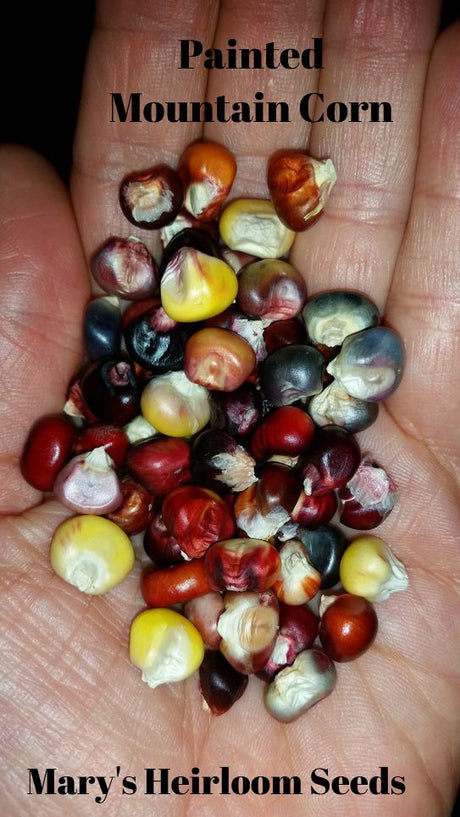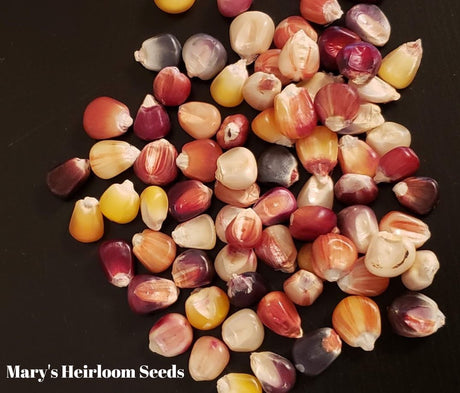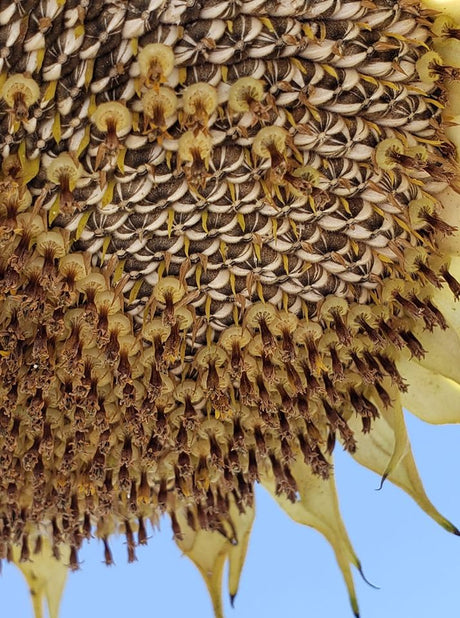
A Growing List of Herb Seeds to Stratify
In our article The Wonder of Seeds and Germination we discussed the different environmental needs of some seeds. In this article, we will share a more in depth look at...
Mary Smith |
Welcome to our store Learn more

In our article The Wonder of Seeds and Germination we discussed the different environmental needs of some seeds. In this article, we will share a more in depth look at...
Mary Smith |

We are working on adding more helpful, seed specific articles to our planting guides. Different seeds sometimes require different environments for optimal germination. For germination techniques, check out The Wonder...
Mary Smith |

Growing food from seeds is AMAZING. It is truly an awe inspiring experience. These tiny seeds can grow to be huge plants, sometimes producing hundreds of pounds of food. Sometimes...
Mary Smith |

If you read our online reviews on our website and social media, you'll see that customers report very successful germination rates with Mary's Heirloom Seeds. Growing from seed can be...
Mary Smith |
Over 1,000 varieties of Heirloom Seeds
Free Shipping on Qualifying orders of $20 or more
Planting guides to help you grow a successful garden